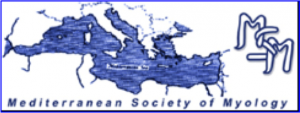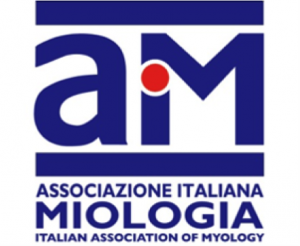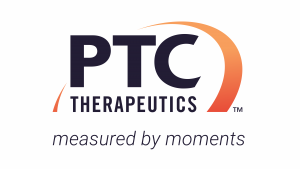In our research, we placed the emphasis on delimiting fatal diseases against those that have some similar symptoms, but can be improved, even completely cured. More often we succeeded in differentiating the local compressive factor. In our search for early symptoms, we also found physiological, although quite unusual EMG phenomena. High amplitude neural potentials confirmed the malignant disease diagnosis. The spinal angiography discovered arterial pathology, while CT demonstrated localised hydromyelia. Amyotrophic syndromes caused by chronic led intoxications represented a separate group. Patients would recover significantly on d-penicillamine. We applied it successfully in amyotrophic syndromes with laboratory confirmed copper metabolism disorders. A very significant therapeutic effect was obtained in a patient with SMA without similar laboratory, even in recidivism. Exceptionally, we were able to achieve significant remission with corticosteroids, too. The remaining patients, differentiated as certainly fatal, represented a separate group. We tried to elaborate the special psychosocial and ethical problems connected with its outcome in “round table discussions”. The first one was in 1989, at the workshop with King Engel, and the second in 1990, on the Fourth Yugoslav Symposium on Neuromuscular Diseases. In 1990, I visited Cicely Saunders and the St. Christopher’s hospice in London, and in 1994 I started to organised hospice movement in Croatia.






